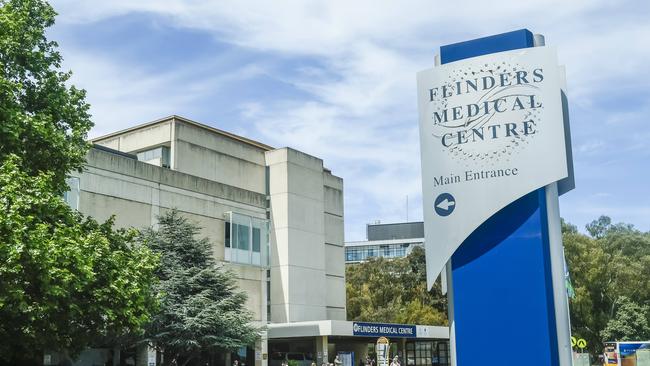A new program aimed at getting long-stay patients home has seen early success at Flinders Medical Centre
A program aimed at getting long-stay patients home from hospital sooner has already seen success at Flinders Medical Centre.
South
Don't miss out on the headlines from South . Followed categories will be added to My News.
- Long-stay patient discharge scheme is freeing up hospital beds
- How to get the most out of your Advertiser digital subscription
A new program aimed at getting long-stay patients out of hospital sooner has already proven successful at Flinders Medical Centre.
The pilot Supporting Quality Assertive Discharge (SQAD) program identifies patients at risk of being in hospital for long stays and works with them to provide support needed to return home.
In the first eight months of the program, 725 long-stay patients were discharged.
Southern Adelaide Local Health Network executive director Sarah Woon said the SQAD team is able to intervene before patients become long-stay.
“We know that long stay patients occupy between 12-15% of the total hospital bed capacity and the ability to transition them home or into the community sooner provides better outcomes for the patient while boosting hospital capacity,” she said.
Last year, The Advertiser revealed the state’s longest stay patient had spent more than 440 days in hospital.

Long-stay patients can exacerbate “bed block” issues and then compound problems of ambulance ramping at the state’s major hospitals.
The SQAD program connects patients with physiotherapy, occupational therapy, NDIS planning, housing and any other obstacles preventing their discharge.
Patients are often transitioned home earlier with support service and close monitoring from a clinical team.
“We know that patients often respond better to treatment in their own home or out in the community and that patients that have long stays in hospital are at increased risk of complications and functional decline,” Ms Woon said.
“When we only observe patients in the hospital environment we can sometimes underestimate what their ability to function would be like when they are in their own familiar space.
“By observing patients directly in their own home early in their admission, we can then tailor the specific support they need in their own unique environment which often means they can get home sooner and stay there while they receive their care.”

